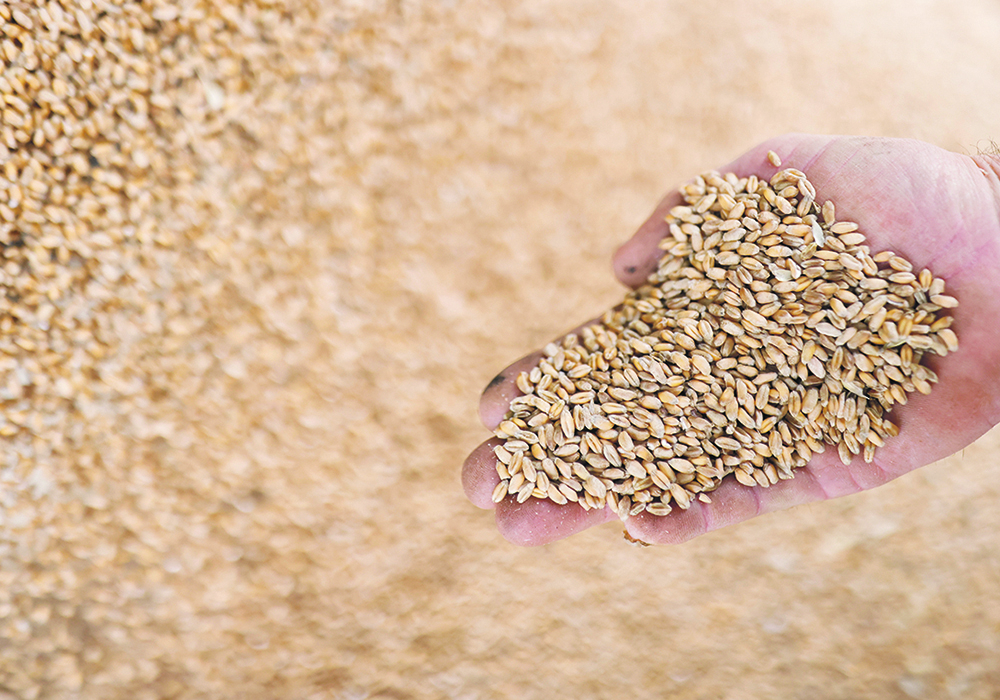Canada’s official strategy heading into the United Nations Food Systems Summit is to present bold, if abstract, vision statements.
Beginning Sept. 23, the virtually held conference is steeped in anticipation: for more than a year, conferences around the world have taken place focusing on “bold new actions” to create a healthy and sustainable global food system.
Participating nations are expected to develop specific resolutions to adopt, and some have predicted the summit could have a Paris Agreement-like impact on the agriculture sector.
To address food insecurity, Canada says by 2030 all people will be able to access a “sufficient amount of safe, nutritious and culturally diverse food.”
Read Also

Proactive approach best bet with looming catastrophes
The Pan-Canadian Action Plan on African swine fever has been developed to avoid the worst case scenario — a total loss ofmarket access.
Making that happen comes with a long to-do list, some more tangible and easily accomplished than others.
Through its domestic dialogues, Canada determined “a more comprehensive national measurement and monitoring framework is needed to make progress toward reducing food insecurity” but little is said about how to close those gaps outside of the equally vague notion of improving “collaboration and policy coherence across orders of government.”
Real work (and debate) to identify the specifics of what that looks like are needed. The goals are supposed to be achieved by 2030.
Nine years is not a lot of time in a bureaucracy and an effort such as this one involves all levels of government, and a bit of international co-operation.
Another vision of Canada is, by 2030, to see domestic food systems capitalizing on the country’s diversity “to be more resilient to economic and environmental shocks, and better positioned to seize opportunities.”
To do this, Canada intends to develop a “national sustainability index” (tangible result) and use an “everyone at the table” approach (intangible result).
While there seems to be consensus on what to achieve and how to achieve it, there are still barriers.
During their dialogues that helped shape the official position, Canadian representatives heard broad support for “developing legislation and regulations with a local or regional lens, to incorporate community contexts, promote food autonomy and food sovereignty, particularly for Indigenous communities.”
It is unclear what that legislation would look like, but anyone who watches politics is well aware of how difficult it can be to pass, let alone introduce, legislation.
Proponents of the UN summit say it will help transform food systems domestically and around the world.
That may well be the case — and if successful, we all benefit — but Canada’s ambitious targets will need to be backed up by concrete actions.
D.C. Fraser is Glacier Farm Media’s Ottawa correspondent. Reach out to him by emailing dfraser@farmmedia.com.


















